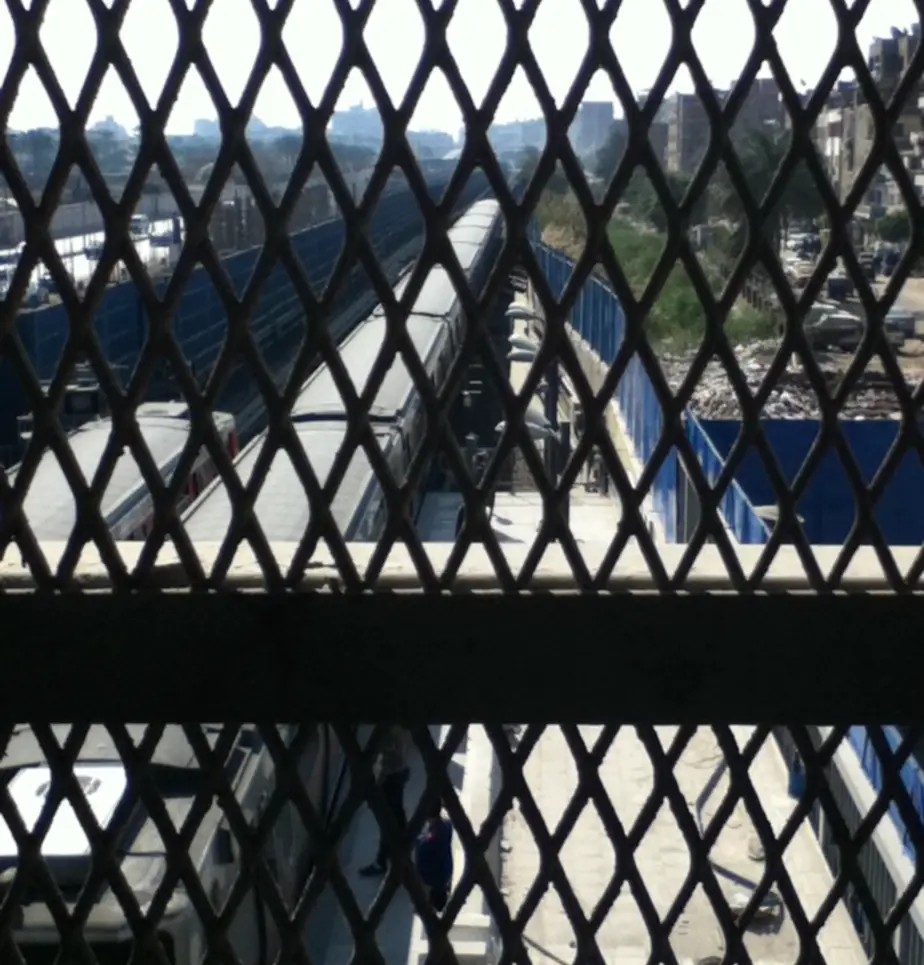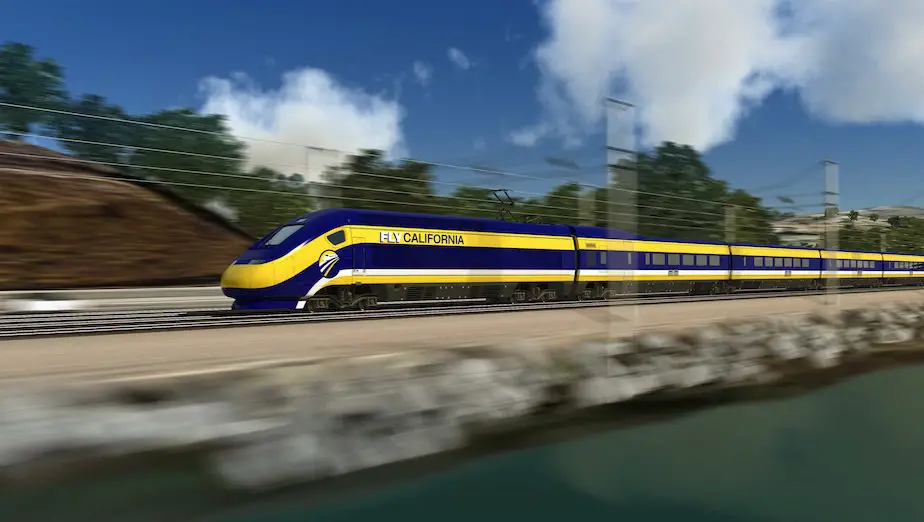MONU magazine #21 has set out on a journey to study cities from their indoor environments. It is not only about turning the “inside(s)” out, but also involves re-conceptualizing the “inside” itself. While starting with a thorough discussion of the existing interiors in relation to spatial types, the contributors go further to raise new questions on how human subjects within the city are constantly engaging in practices that accept, produce or challenge the limits, scales and different programs of the interior space.
In his seminal essay “Paris – Capital of the Nineteenth Century” (1935) Walter Benjamin presented an analysis of interior as a phenomenon springing out of the forces of production that changed Paris after the French Revolution. Historically the rise of bourgeoisie set out the process of separation of the living-space from the place of work. Interior became a refuge, a sort of a dream-world. As Benjamin writes: “Interior was not only the private citizen’s universe, it was also his casing. Living means leaving traces. In the interior these were stressed.” The understanding of “interior” as a frame, onto which one’s traces of life are accumulated, emerges together with the understanding of dwelling in particular political and economic circumstances.

In today’s world it seems we find ourselves no longer capable of separating the places of production from places of refuge. Thus the great value of the latest edition of MONU is precisely in discussing the meaning of the “interior” in relation to forces that produce the city and the contemporary urban structures.

Case studies of Asian, U.S. and European cities or historical research of certain paradigmatic architectural innovations all point to such themes as rising domestication, commodification, privatization and restrictions on common rights in the urban interiors. What manifests in a range of urban developments from museums or “exhibitionary complexes” (blending art, memory and pedagogical aspects) to commercial environments (from the shopping arcades to suburban malls and to experimental mixed-use indoor spaces) is the uncertainty of ability to maintain these built environments with regard to public interest. From singular architectural objects to large infrastructural networks, interiors have been planned in relation to flows of goods, services and human transit. As spaces of circulation at different scales, interiors become the spaces of social encounter. As Shriya Malhotra points out in her research on metro systems in global cities: “Subways are microcosms of the interaction between top-down historic and sociopolitical developments shaping our cities, and people”. Social encounters in relation to the quality of wilderness of an interior space are becoming unwelcome – one learns from the interview with Petra Blaise that both private and public developers oblige designers to avoid “wild”, ungovernable interior spaces as potentially dangerous.

From the articles it becomes clear that interior continuous to be the place of subject formation – be it cultural, political or social. While we often find ourselves living and leaving traces in interiors evermore dominated by the generic, the seemingly anonymous place can still become the hotspot of new antagonisms that produce new tendencies and movements. There are constant formation processes. In an interview Dutch architect Winy Maas expresses his hope that the public qualities would be on the raise: “Forms of cohabitation can and should be tested more in the future, where we test how we can make spaces in which you will be able to speak freely without the need to shut your mouth.” The future development of urban interior spaces can be challenging, especially in regards to keeping democracy alive in our contemporary cities.
Karlis Ratnieks studied architecture at Riga Technical University and urban studies at Estonian Academy of Arts. Karlis works as an architect in Liepaja, Latvia.


